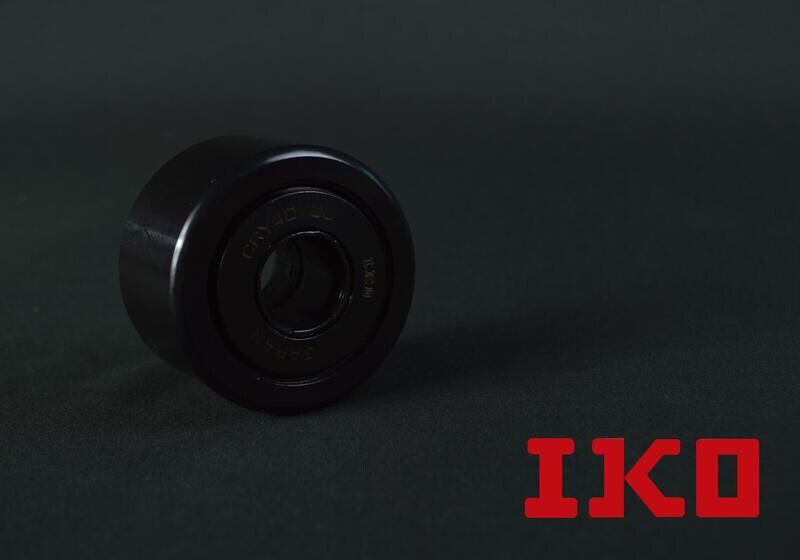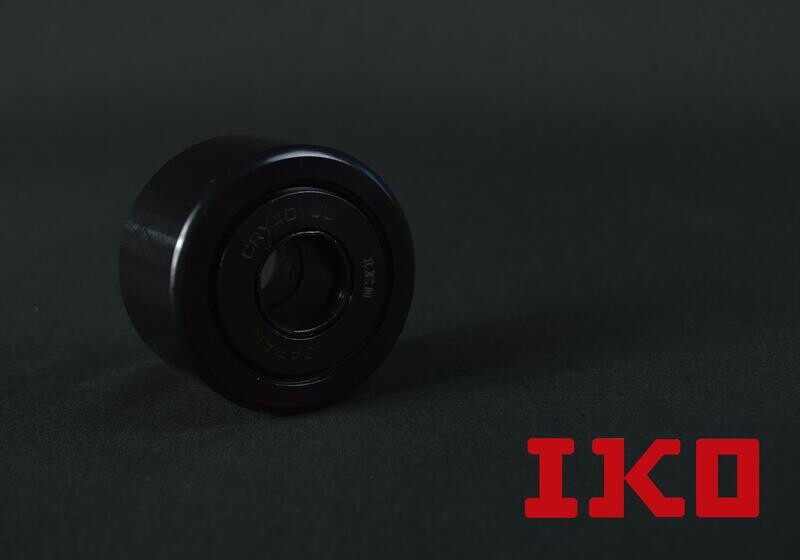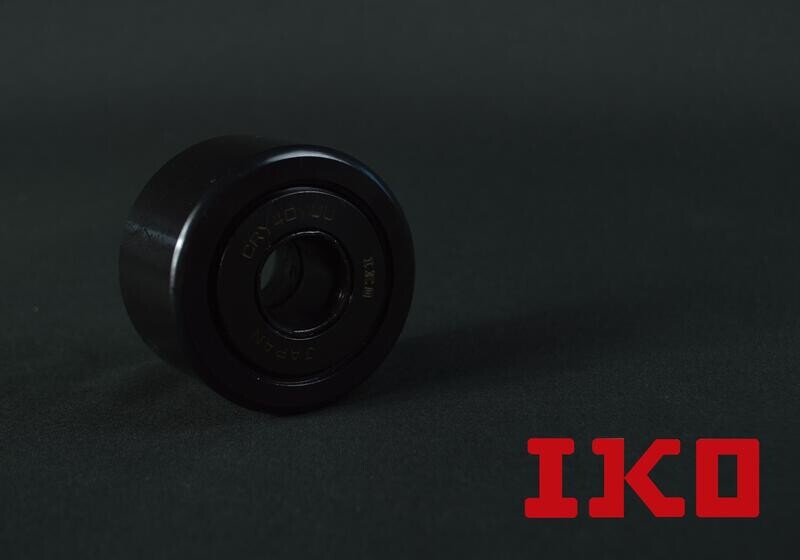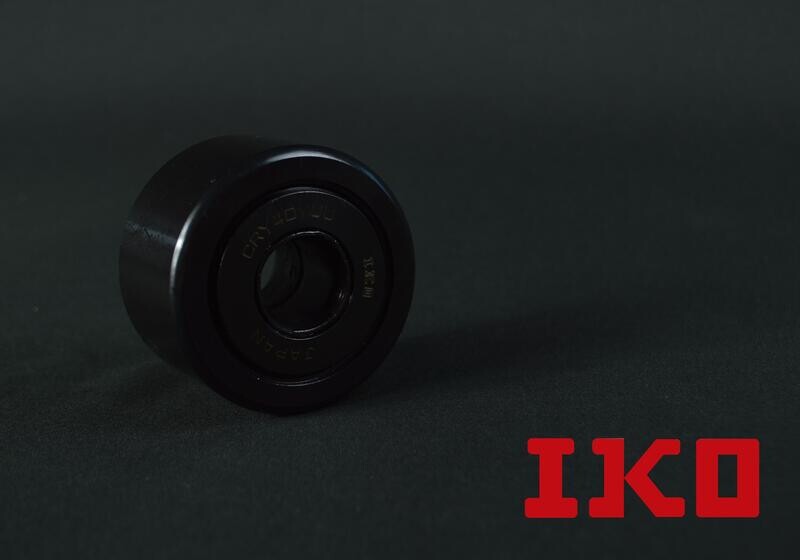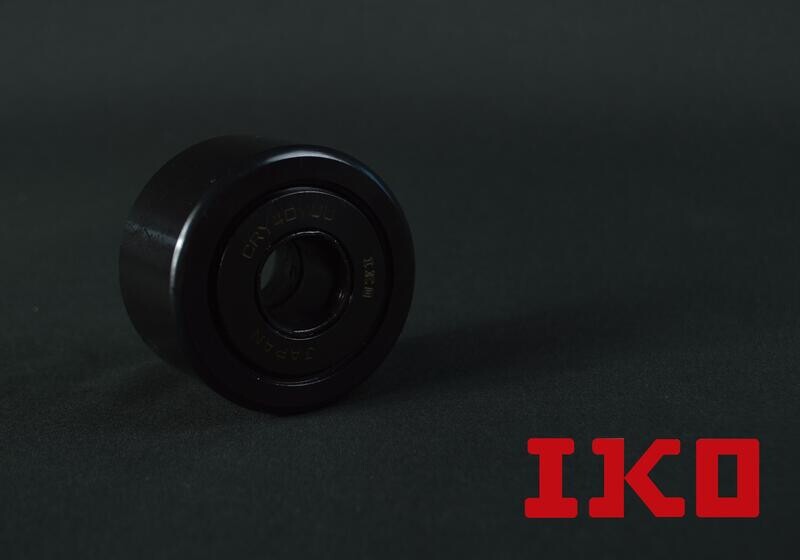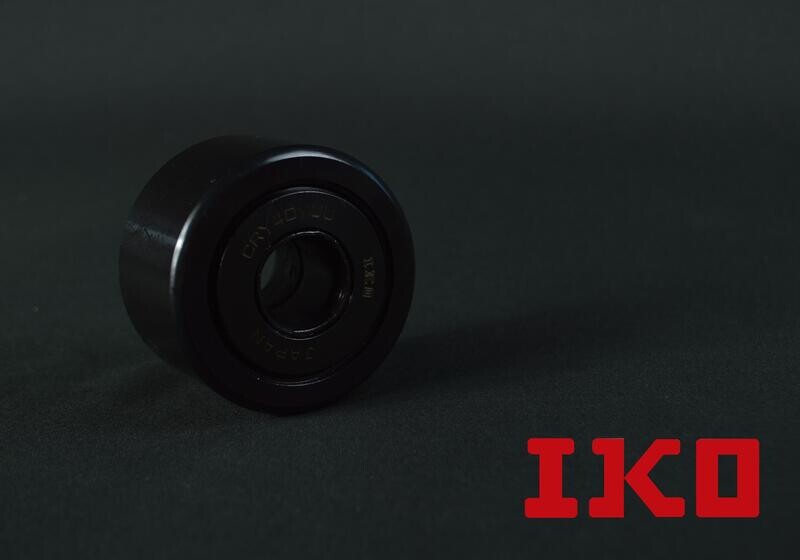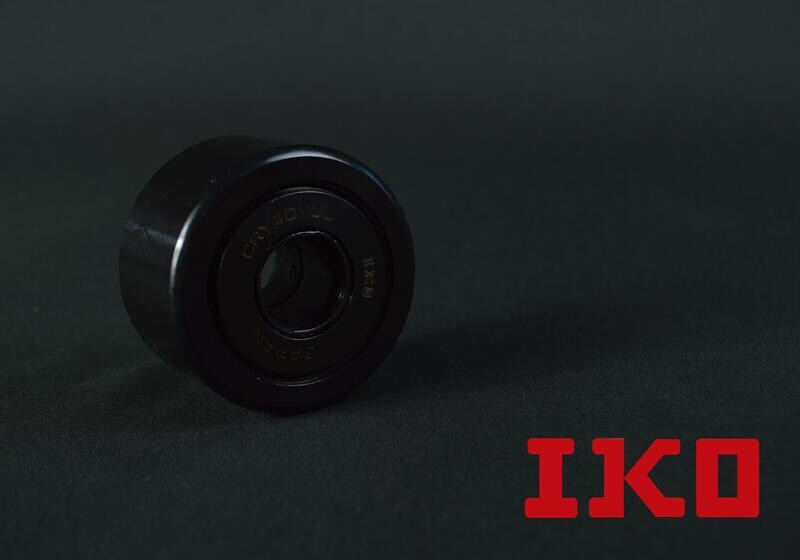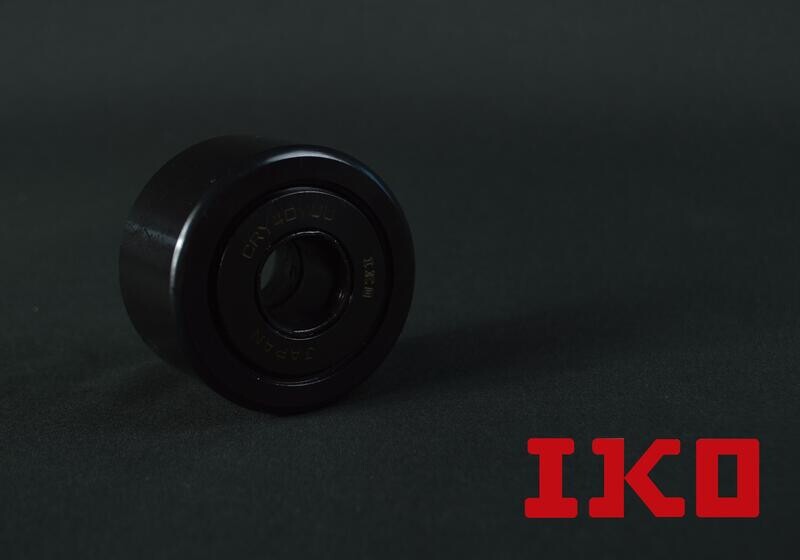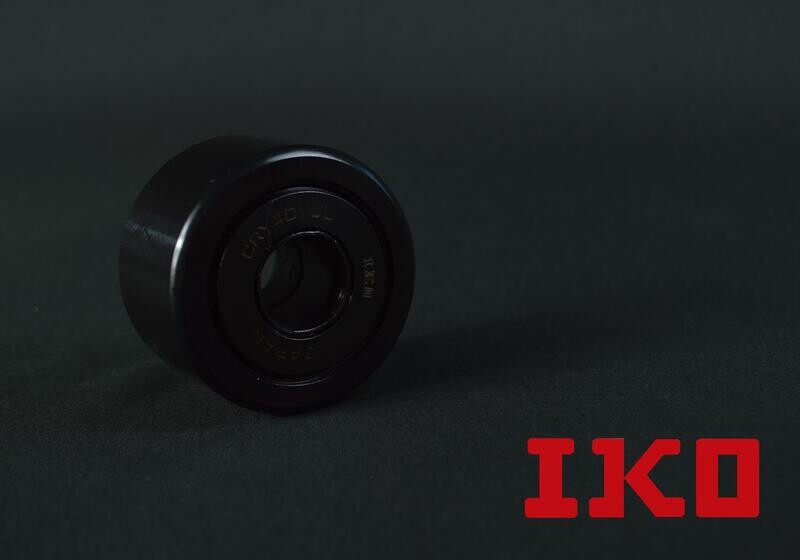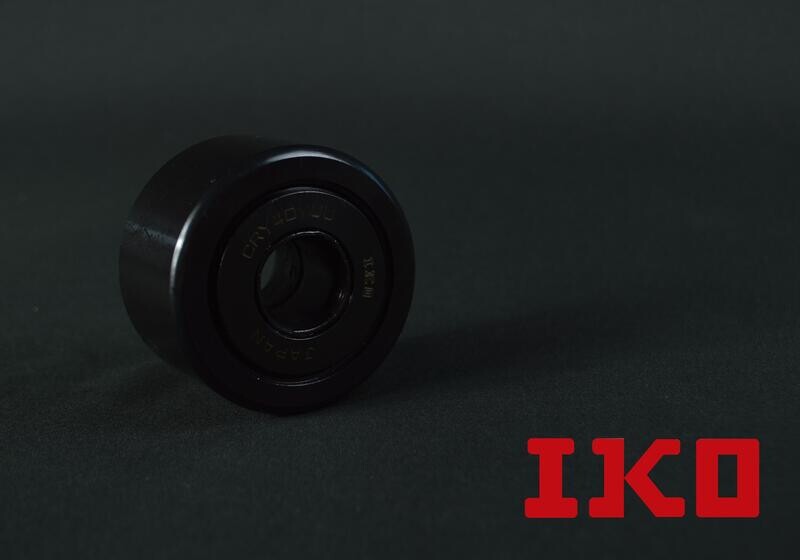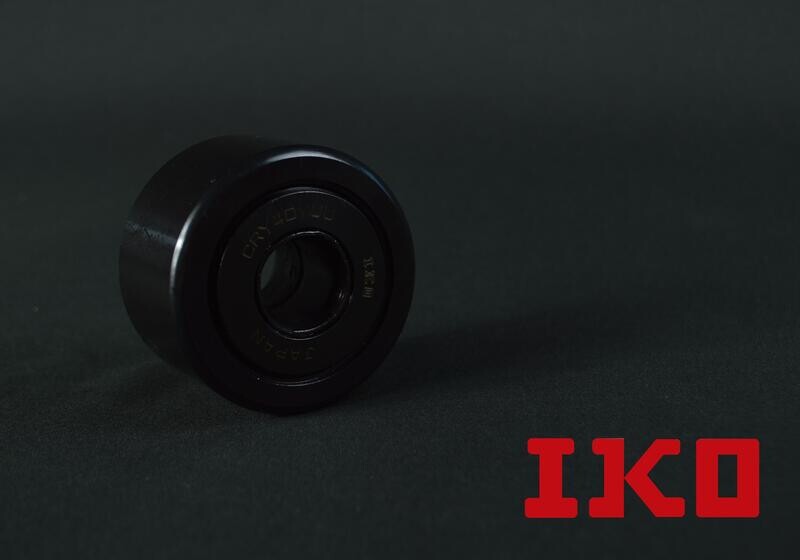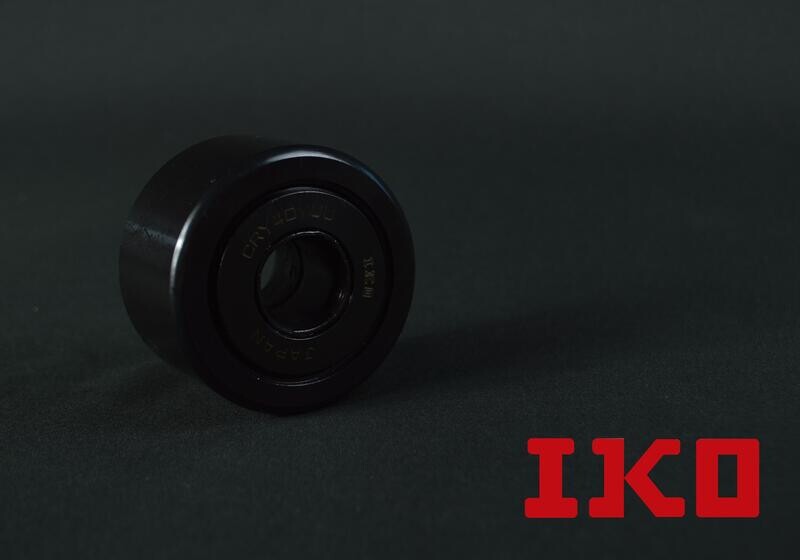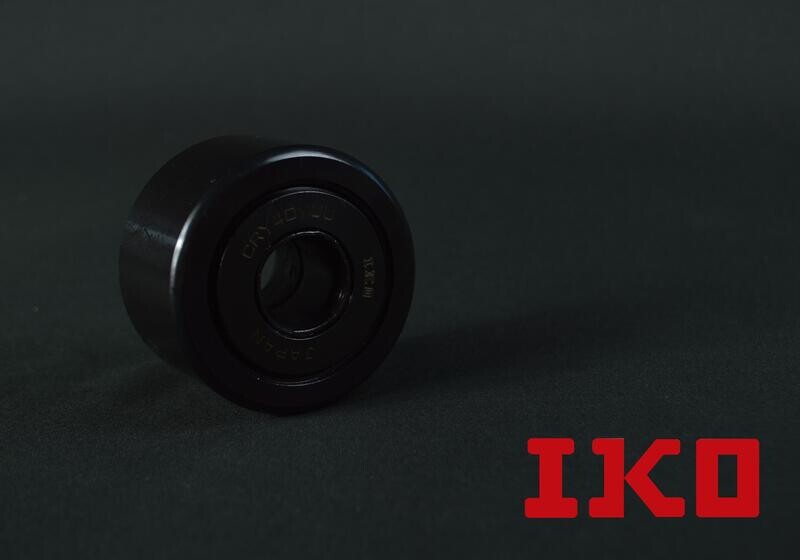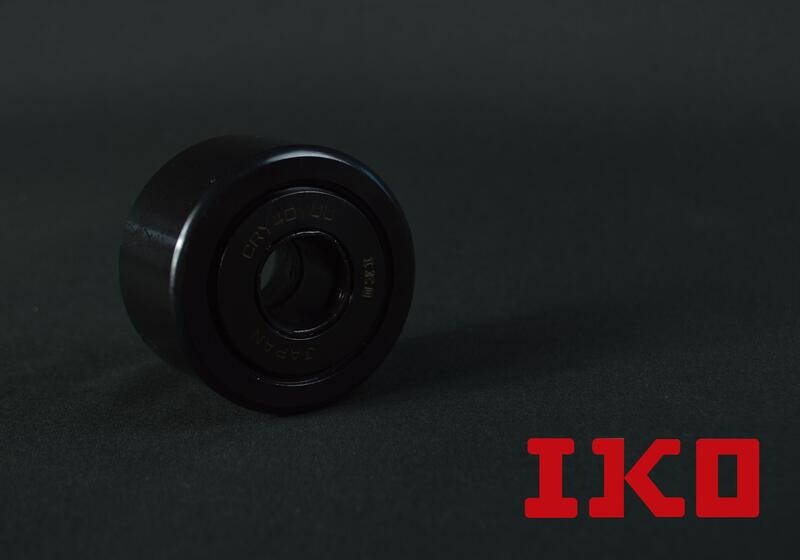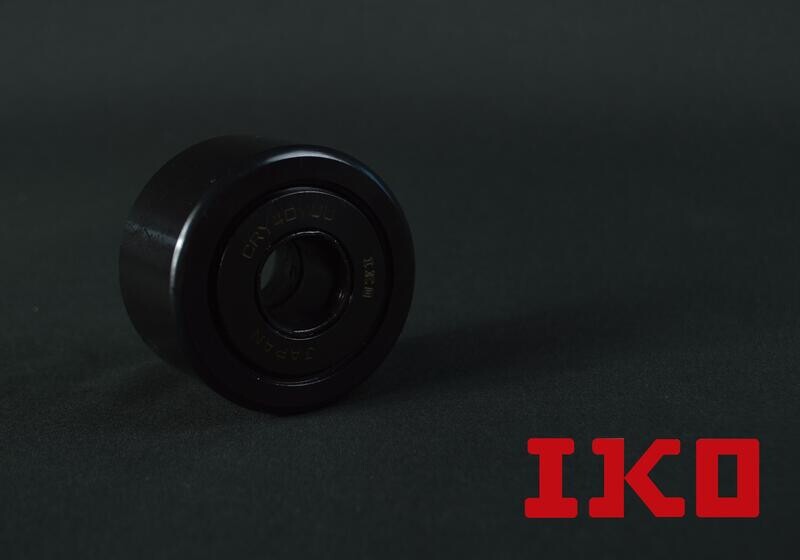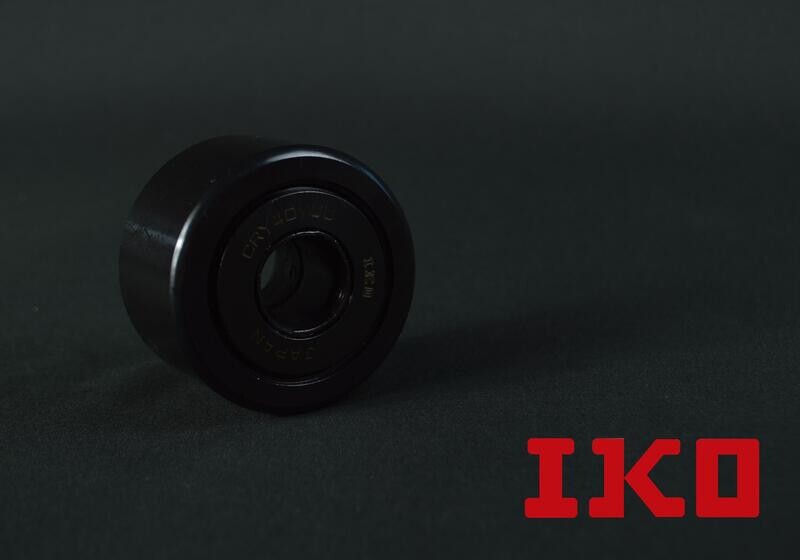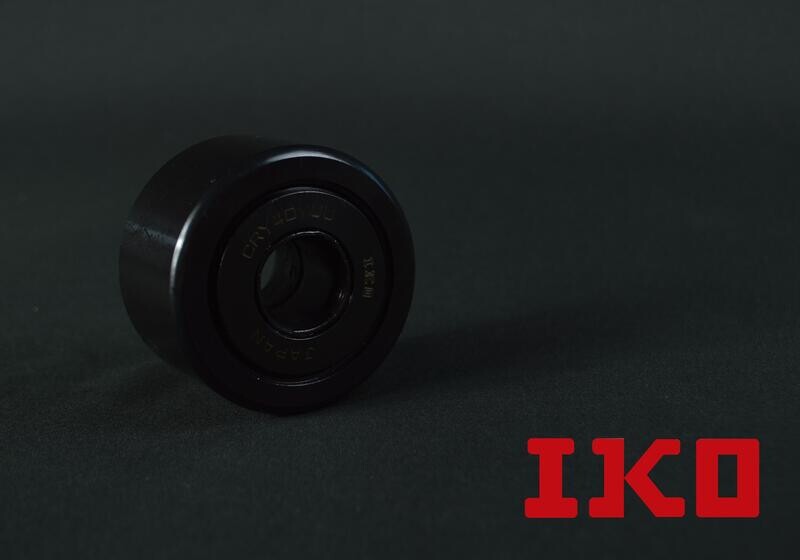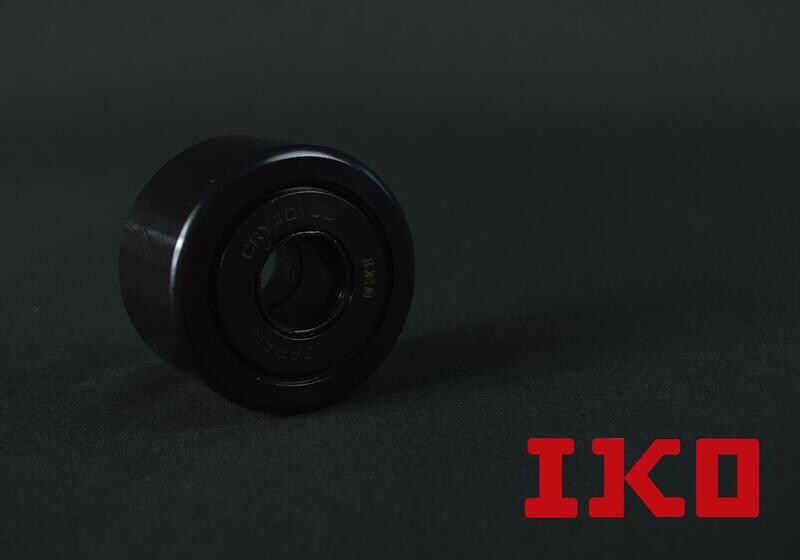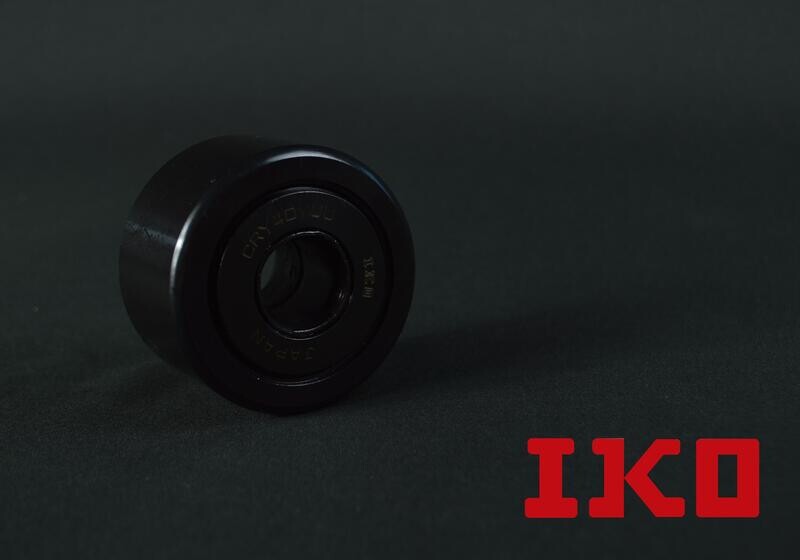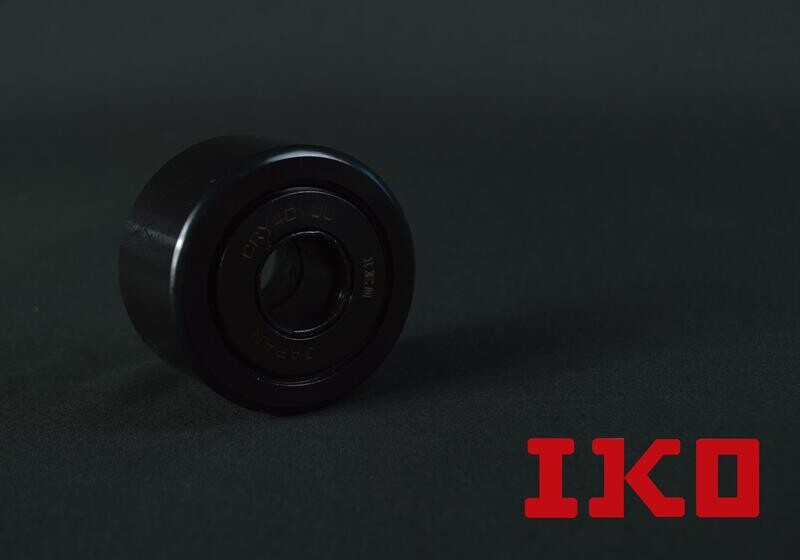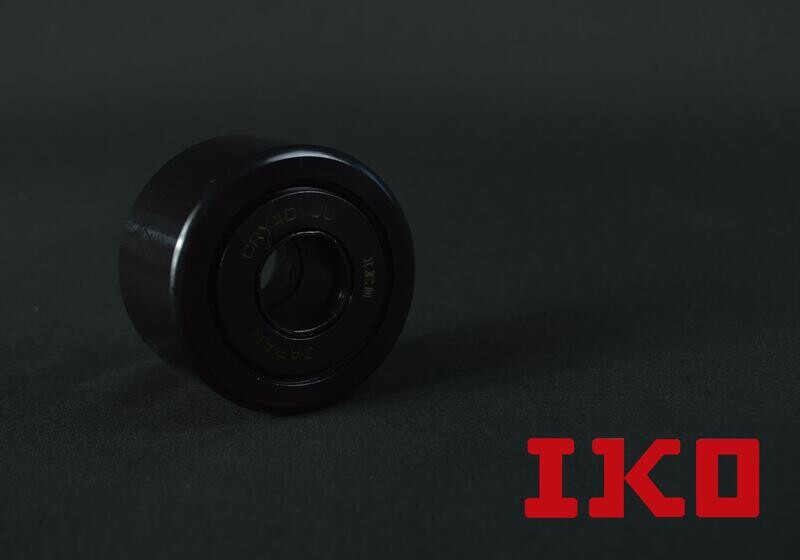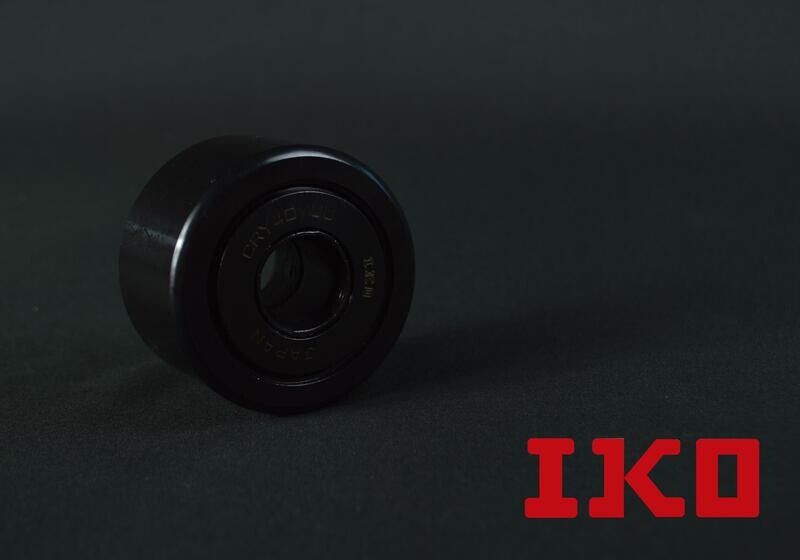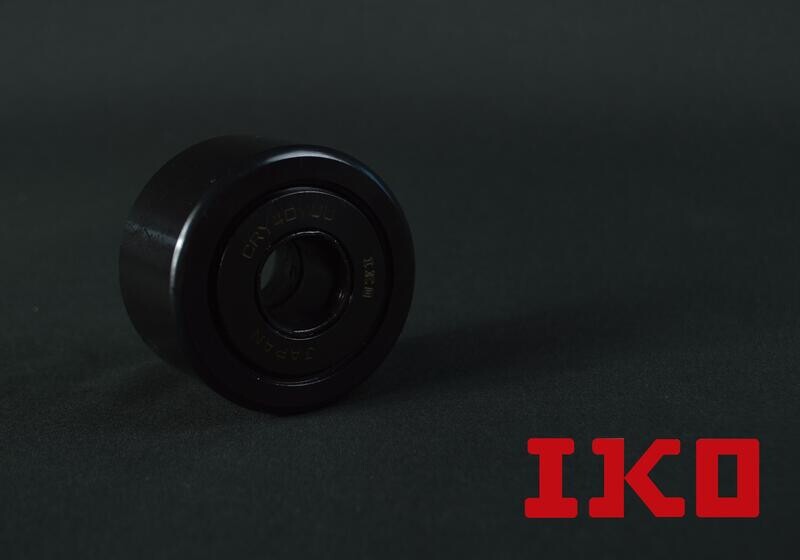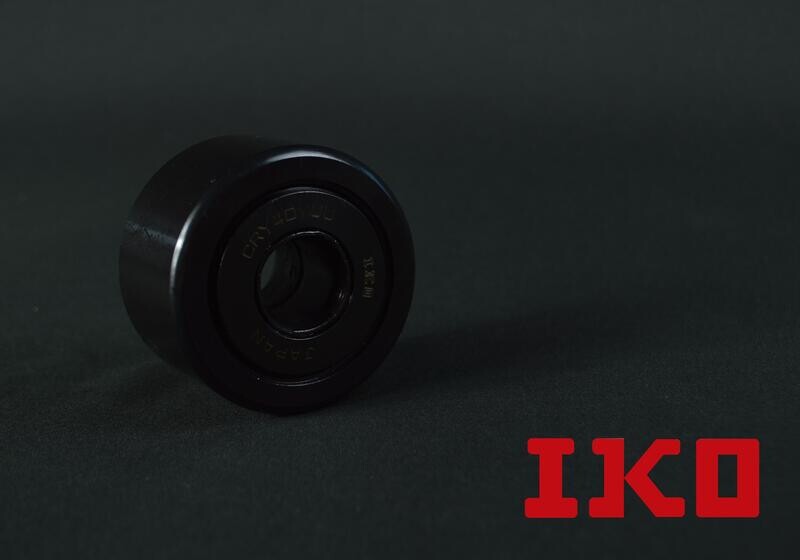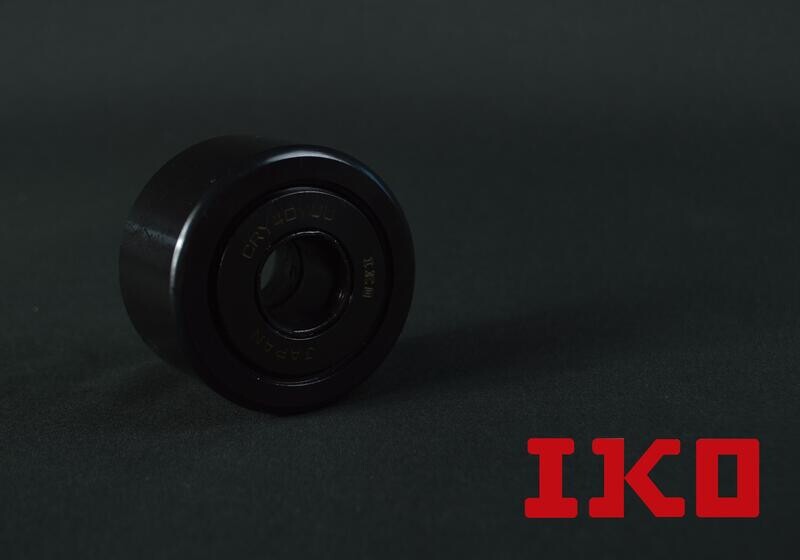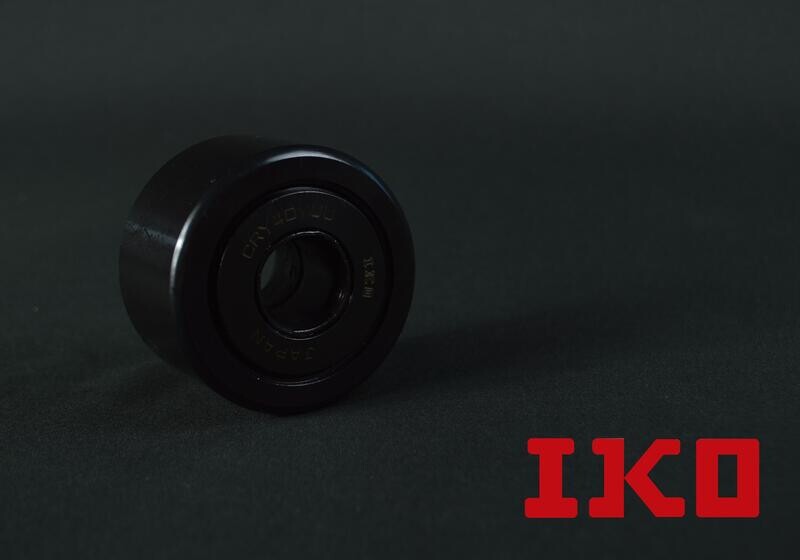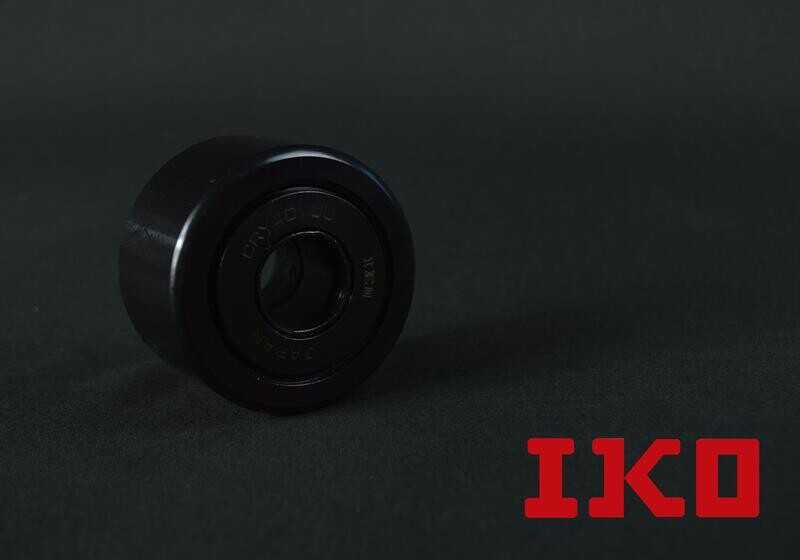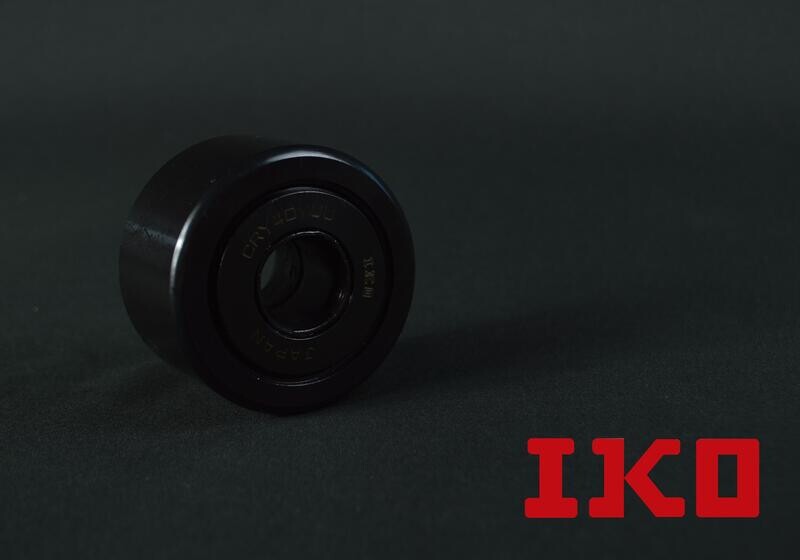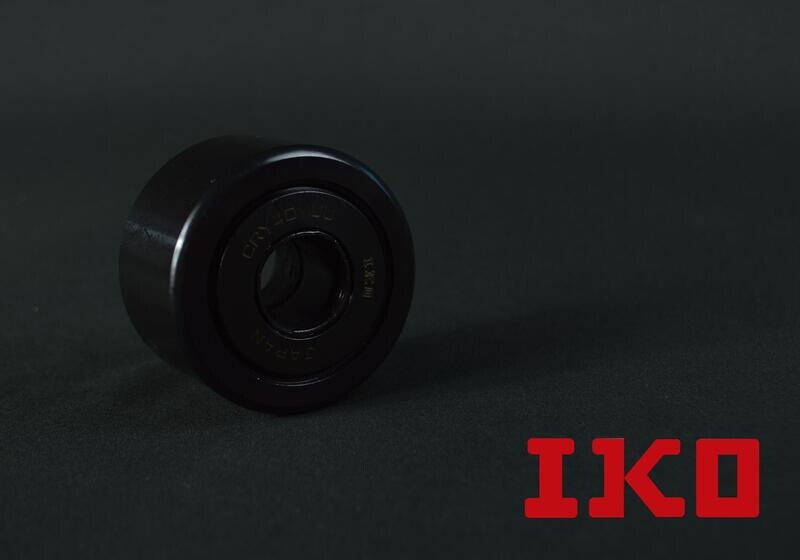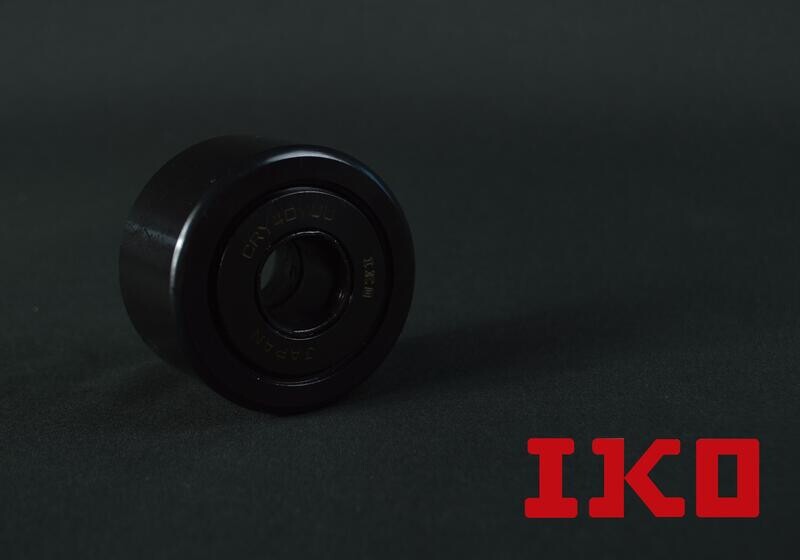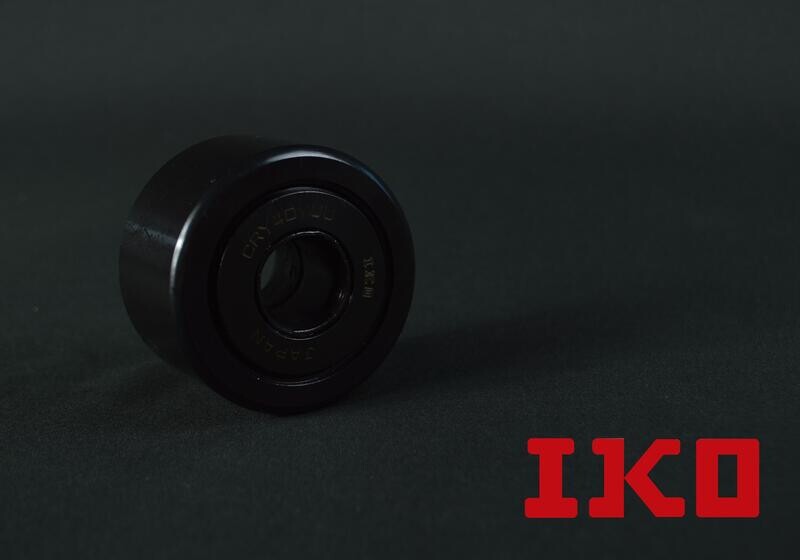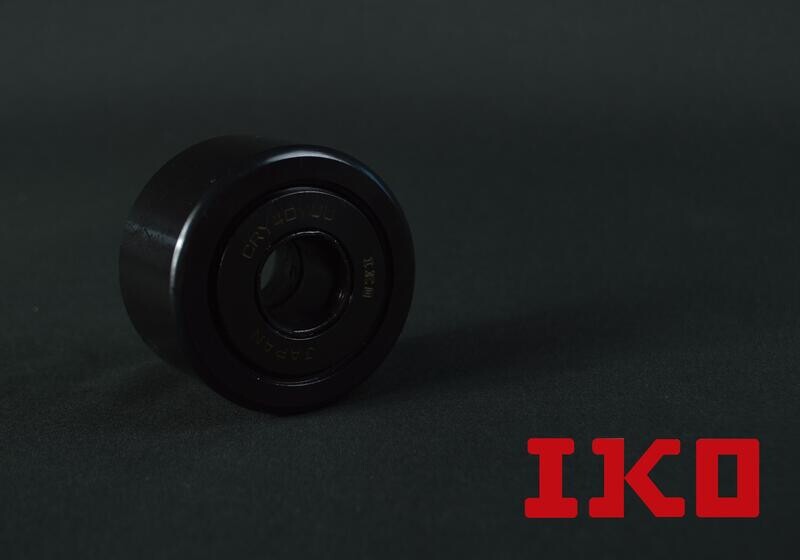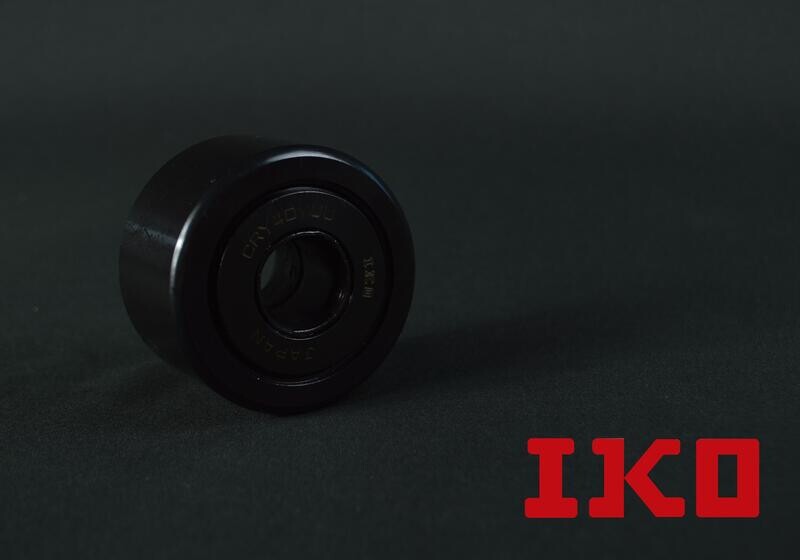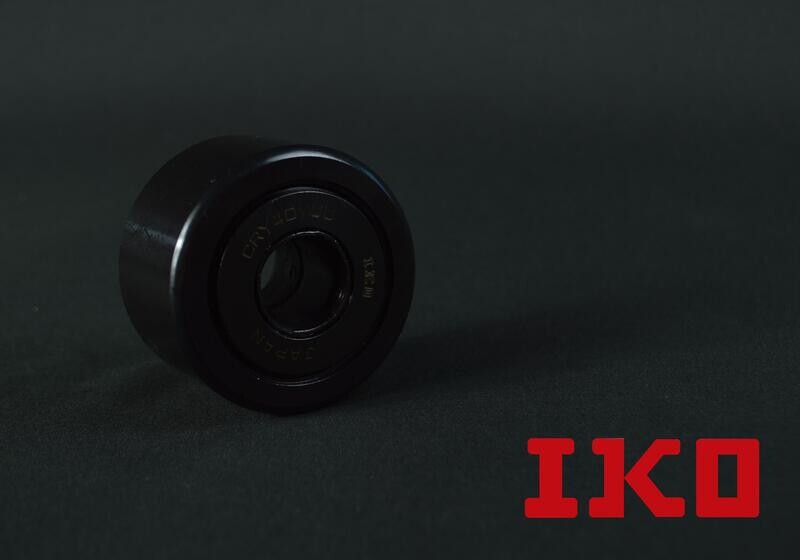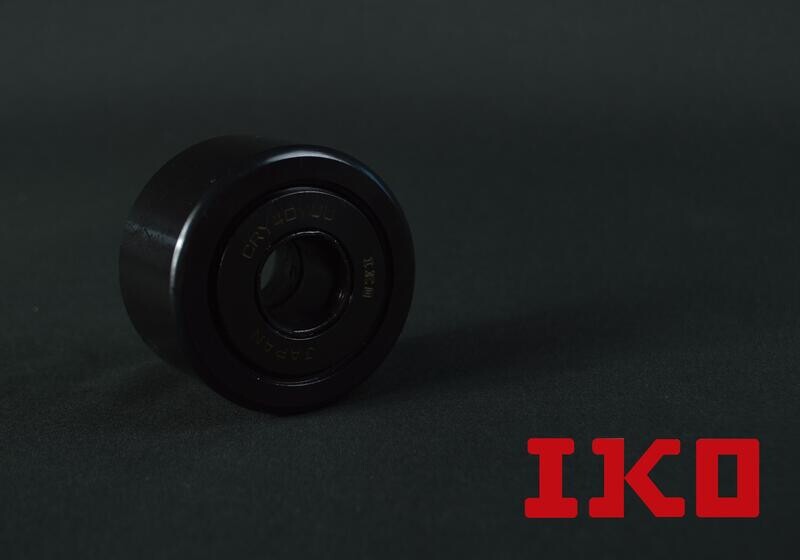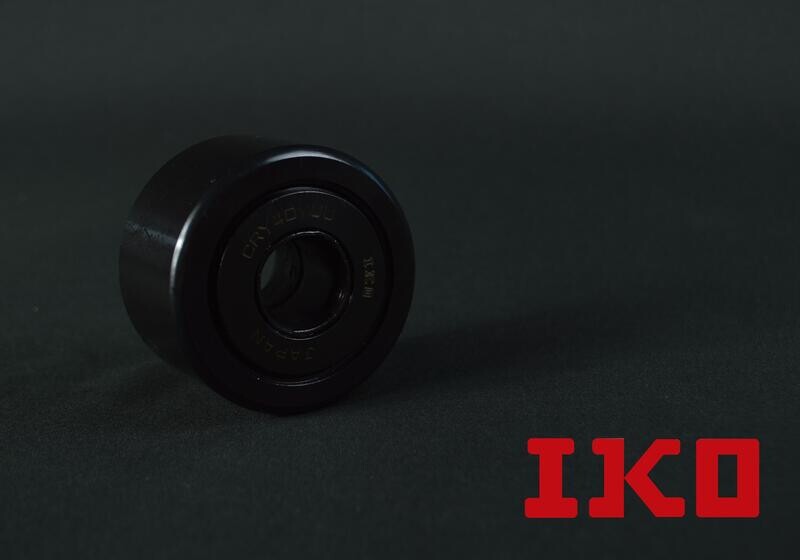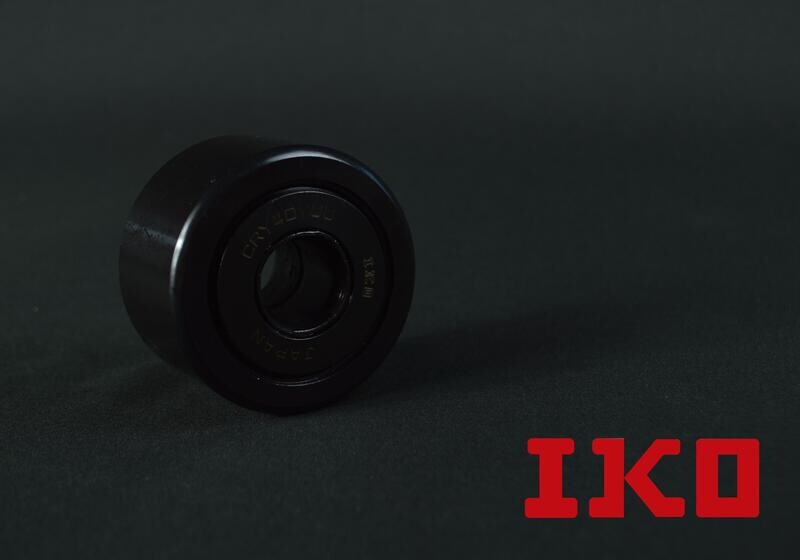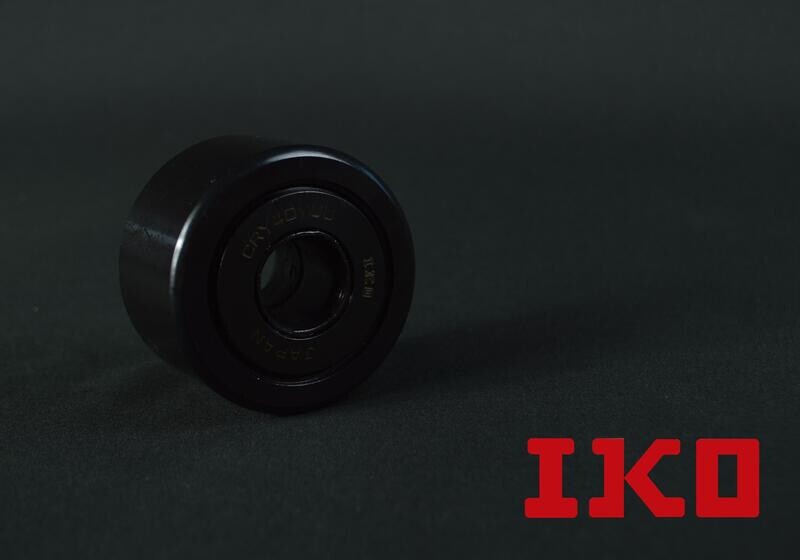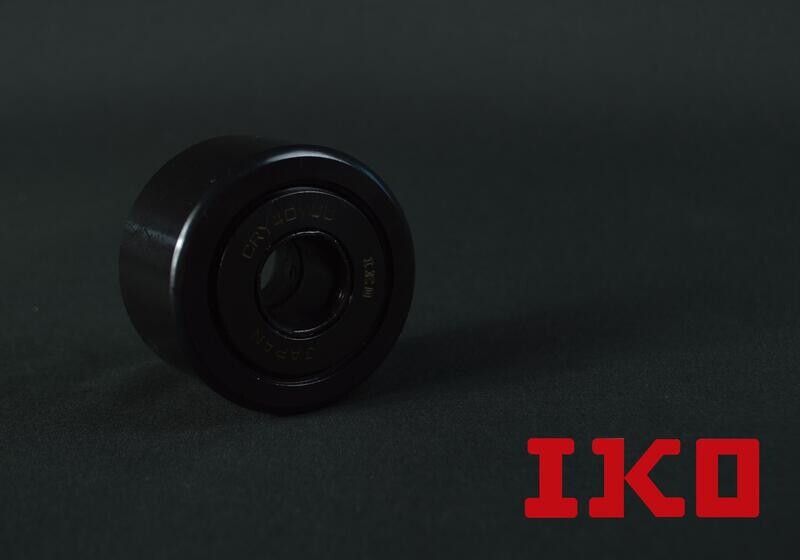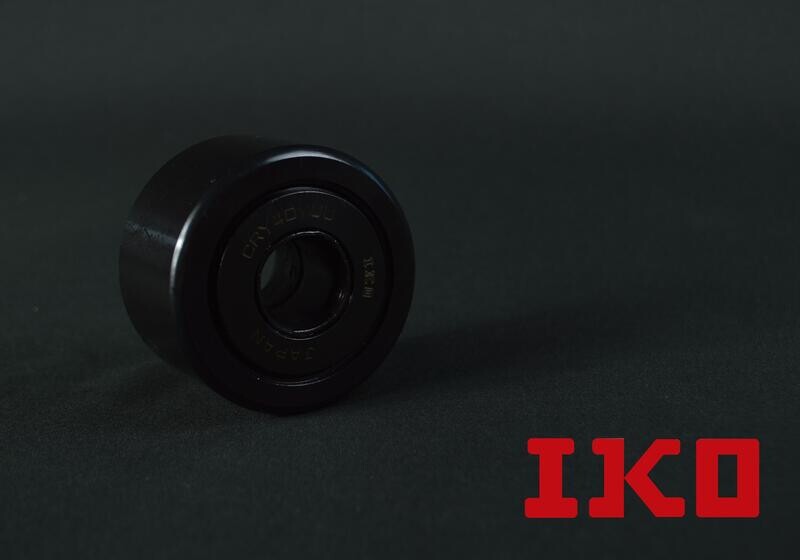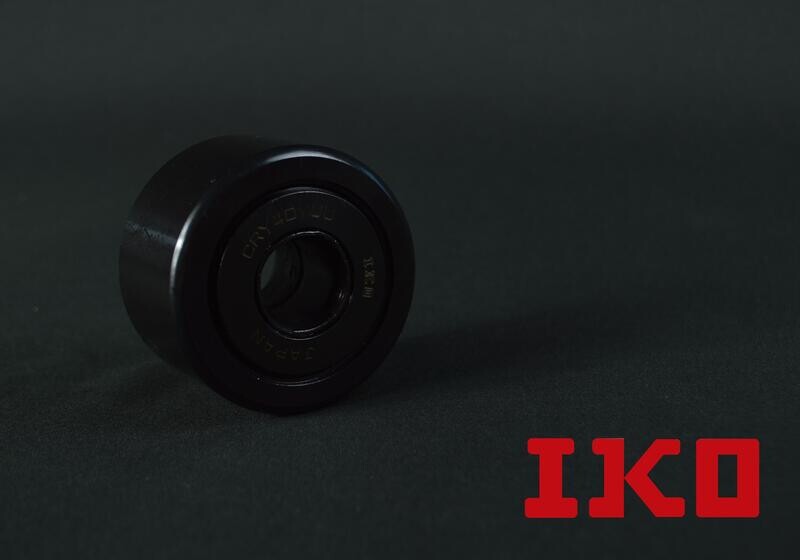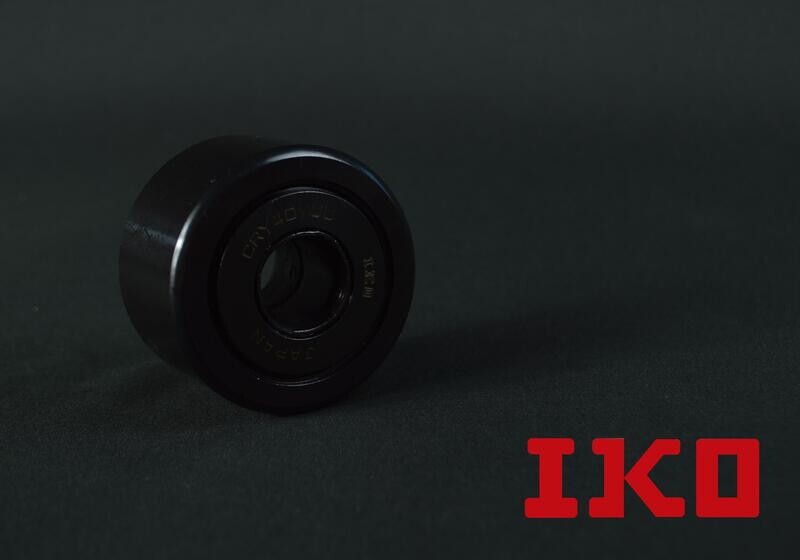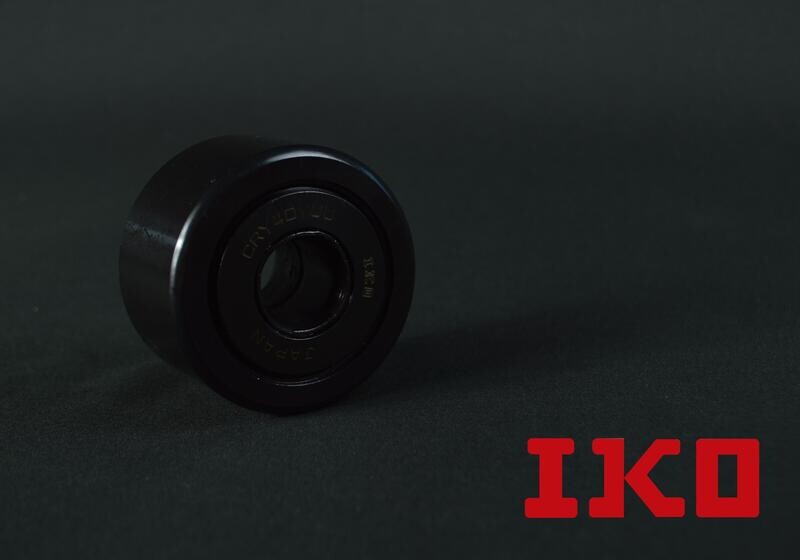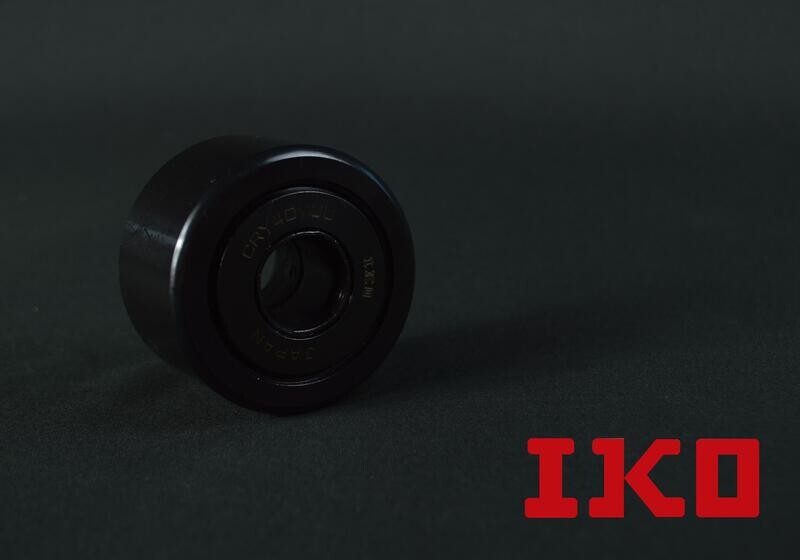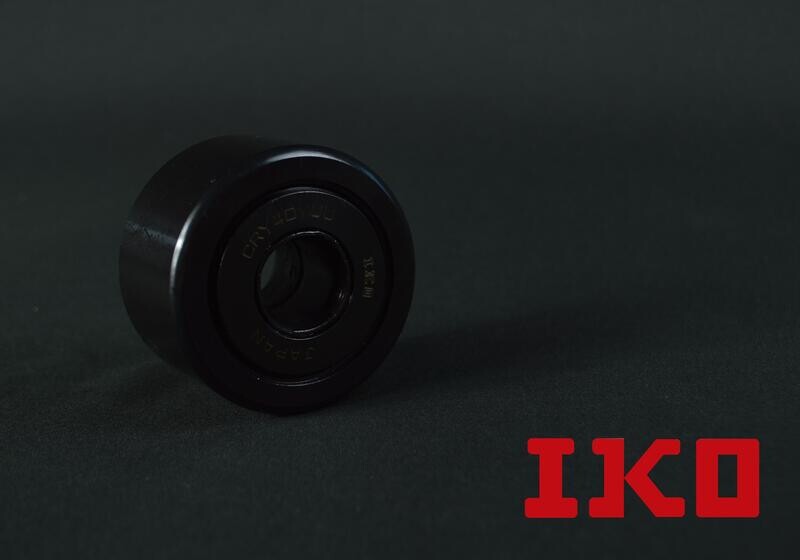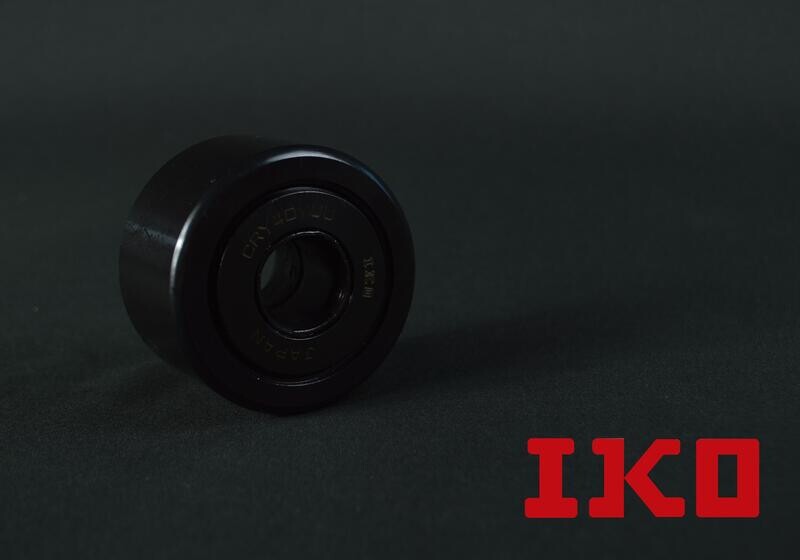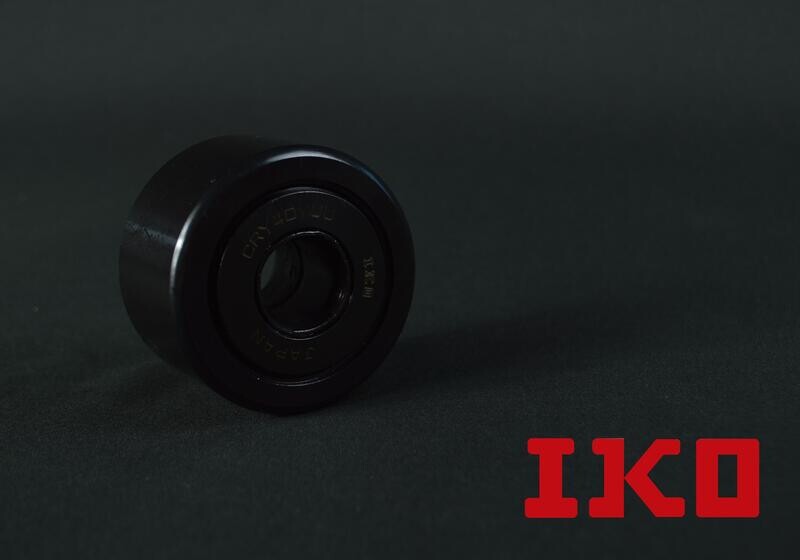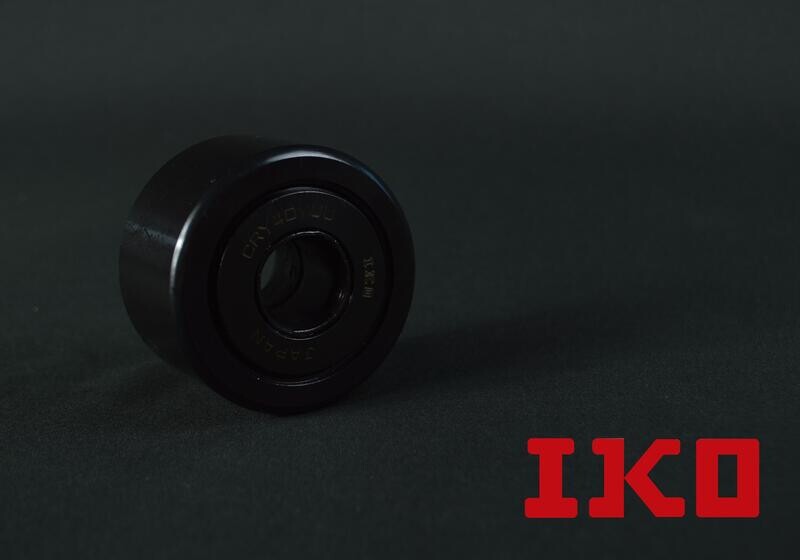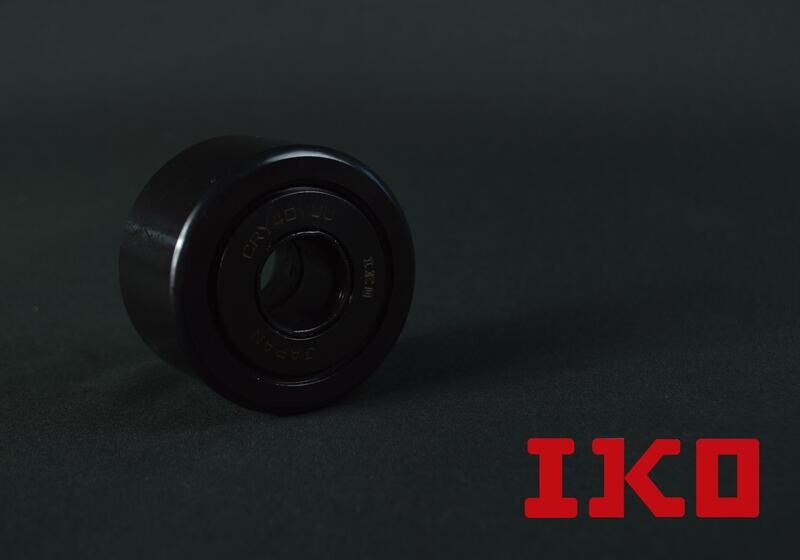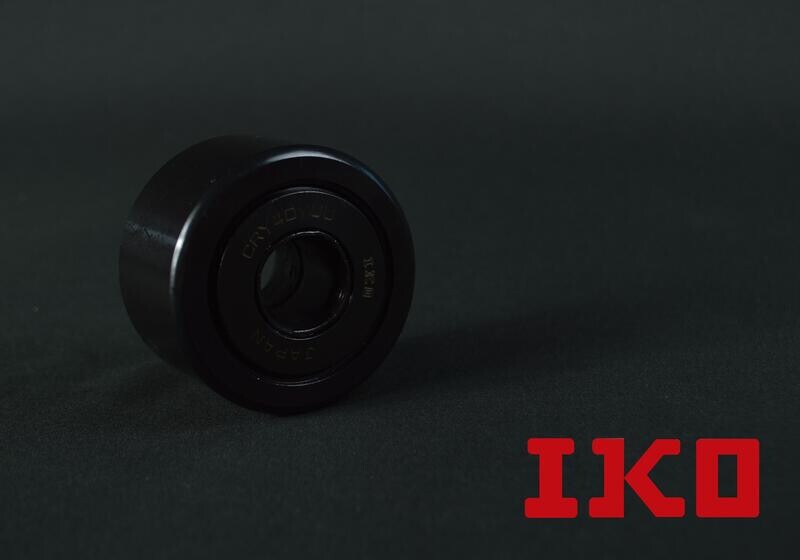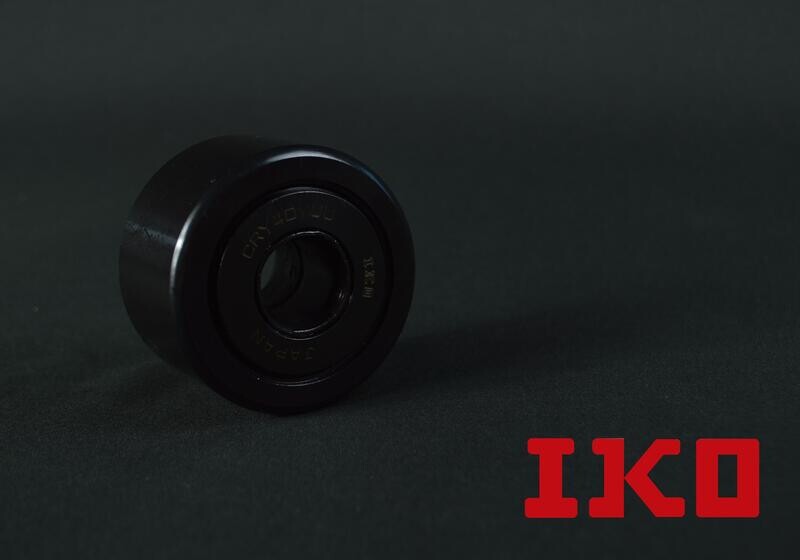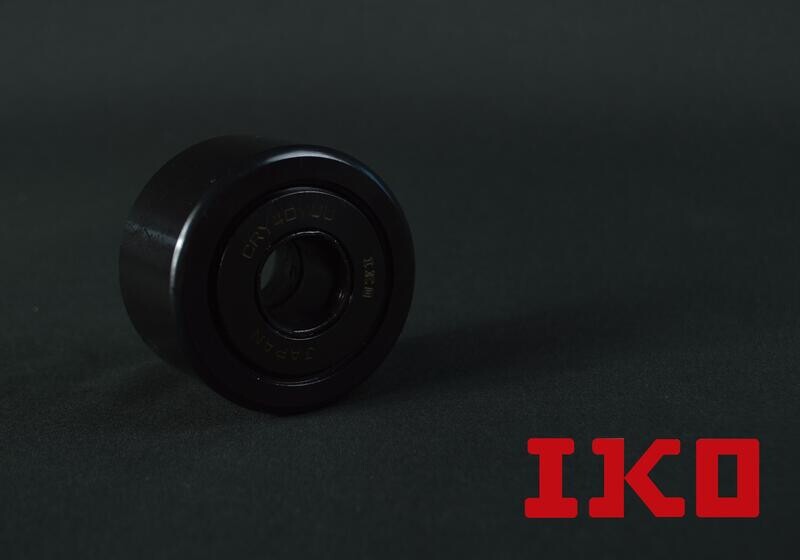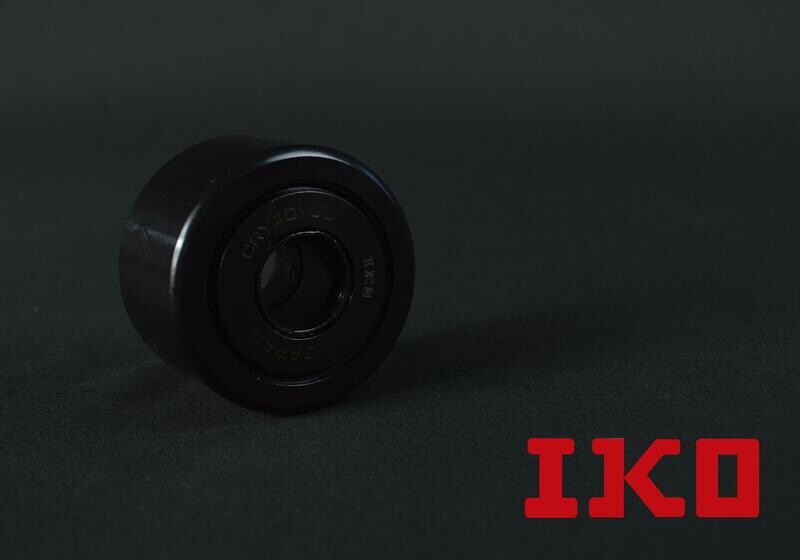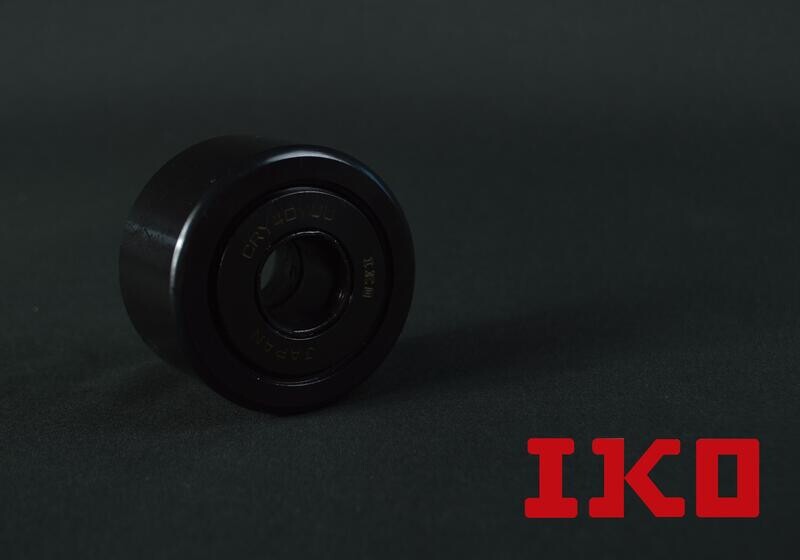Roller Followers
Roller Follower Bearings: High-Precision Bearings for Linear Motion Applications
Roller follower bearings, also known as cam followers or track roller bearings, are specialized bearings designed for applications requiring linear or oscillating motion. These bearings provide precise movement along tracks, cams, or rails, and are ideal for settings where smooth operation and durability are critical. Roller follower bearings have a compact, robust design and are often used in heavy-duty environments that experience high loads, shock, or vibration. This makes them essential in industries such as automotive, packaging, material handling, and robotics.
What Are Roller Follower Bearings?
Roller follower bearings consist of an outer ring with a cam surface, along with an inner ring or stud that mounts to a machine or component. Inside, cylindrical rollers help distribute load across a larger surface area, allowing these bearings to handle high radial loads while maintaining smooth and accurate linear motion. Roller followers come in different configurations, including stud-type and yoke-type, which determine how they’re mounted and integrated into machinery.
- Stud-Type Roller Followers: These have a threaded stud on one end, making them easy to mount directly onto components. They’re commonly used in applications with constrained space or where ease of installation is essential.
- Yoke-Type Roller Followers: Instead of a stud, yoke-type followers have an inner ring or yoke. They’re typically mounted on a shaft or pin, which allows them to accommodate higher load capacities than stud-type followers.
Roller follower bearings are available with different features, such as seals for added protection, crowned outer surfaces for reduced edge stress, and various materials for enhanced durability in specific applications.
Benefits of Roller Follower Bearings
- High Load Capacity: Roller follower bearings are engineered to handle high radial loads, which makes them suitable for demanding applications that require strong, stable support. The cylindrical rollers distribute weight evenly across the bearing, reducing stress and increasing load-bearing capability.
- Smooth, Precise Motion: Roller followers are designed for linear or oscillating movements, making them ideal for applications that require precise positioning. This precision helps minimize friction and wear, ensuring long-lasting performance in repetitive operations.
- Reduced Edge Stress: Many roller followers feature a crowned outer ring, which helps reduce stress at the edges of the bearing. This design minimizes deformation, decreases friction, and extends the lifespan of the bearing, especially in applications where misalignment can occur.
- Durability and Shock Resistance: With a robust construction and heavy-duty materials, roller followers are built to withstand harsh conditions, including shock loads and vibrations. This durability makes them reliable in challenging environments, such as those found in industrial and automotive applications.
- Maintenance-Friendly Options: Some roller followers are equipped with self-lubricating properties, reducing the need for frequent maintenance. Others are designed with easy access points for re-lubrication, helping operators maintain smooth operation without extensive downtime.
- Versatile Mounting Options: With stud-type and yoke-type options, roller follower bearings offer flexibility for various installation requirements, including tight spaces or heavy-duty applications. This adaptability allows them to be integrated into a wide range of machinery and equipment.
Industries and Applications for Roller Follower Bearings
Roller follower bearings are invaluable in applications that demand reliable linear or oscillating motion, especially in settings with high loads and challenging conditions. Some of the key industries and applications where roller followers are commonly used include:
- Automotive and Transportation: In automotive production lines, roller followers are widely used in conveyor systems and robotic arms. These bearings ensure precise motion and are essential for equipment that performs repetitive tasks under high load. They’re also used in suspension and steering components due to their durability and ability to handle significant forces.
- Packaging and Material Handling: In packaging machinery, roller follower bearings support movement along guides, ensuring the efficient and accurate handling of products. They’re frequently used in conveyor systems, sealing machines, and labeling equipment, where precise linear motion and high-speed operation are required. In material handling equipment like forklifts, roller followers support lifting and moving functions, enduring substantial weight and impact.
- Textile and Printing Machines: In textile and printing industries, roller followers play a crucial role in providing consistent movement along rails and guides. These bearings maintain alignment and ensure smooth operation, which is essential for producing high-quality textiles and printed materials. Their low friction and precise movement also reduce machine wear and downtime.
- Automation and Robotics: In automated production systems, roller follower bearings are used in robotic arms and gantry systems to provide accurate linear motion. Their durability and shock resistance are valuable in dynamic environments where robotic components must operate reliably and with minimal maintenance. In industries like electronics and consumer goods manufacturing, roller followers help ensure that components are assembled with high precision.
- Construction and Heavy Equipment: Heavy-duty construction equipment, such as excavators and loaders, often incorporates roller followers in pivot points and joints. The bearings support the heavy loads and repetitive motion of these machines, providing the strength needed for rugged applications. The shock resistance and load-handling capability of roller followers make them essential in such demanding environments.
- Medical and Laboratory Equipment: In medical and laboratory automation, roller follower bearings provide the precision needed for tasks like sample handling, positioning, and transfer. Their smooth, accurate motion is essential for applications that require precise alignment and minimal vibration, ensuring reliability in equipment such as automated sample analyzers and laboratory robots.
Choosing the Right Roller Follower Bearing
Selecting the right roller follower bearing involves considering load requirements, environmental conditions, and maintenance needs. For high-load applications, yoke-type roller followers often provide superior performance, while stud-type bearings are ideal for compact spaces. Features such as seals and crowned outer rings should be chosen based on the specific requirements of the application. High-quality roller follower bearings from reputable manufacturers, such as IKO, offer reliability and durability for a wide range of industrial uses.
Conclusion
Roller follower bearings are essential components for any application that requires stable, high-capacity linear or oscillating motion. With their ability to handle heavy loads, resist shock and vibration, and operate with minimal friction, roller followers are ideal for demanding industries, from automotive to material handling and automation. Their versatility, ease of installation, and options for various configurations make them suitable for countless applications in today’s industrial landscape.
At Tapered Roller Bearings, we proudly offer a comprehensive selection of roller follower bearings from industry-leading manufacturers. Our expertise in bearings allows us to guide you in choosing the right solution to meet your application’s specific needs. Contact us today to explore our range and learn more about how roller follower bearings can enhance your operations.
